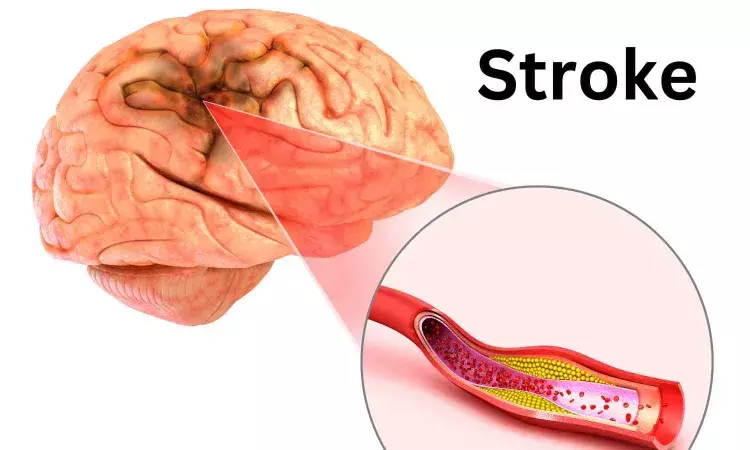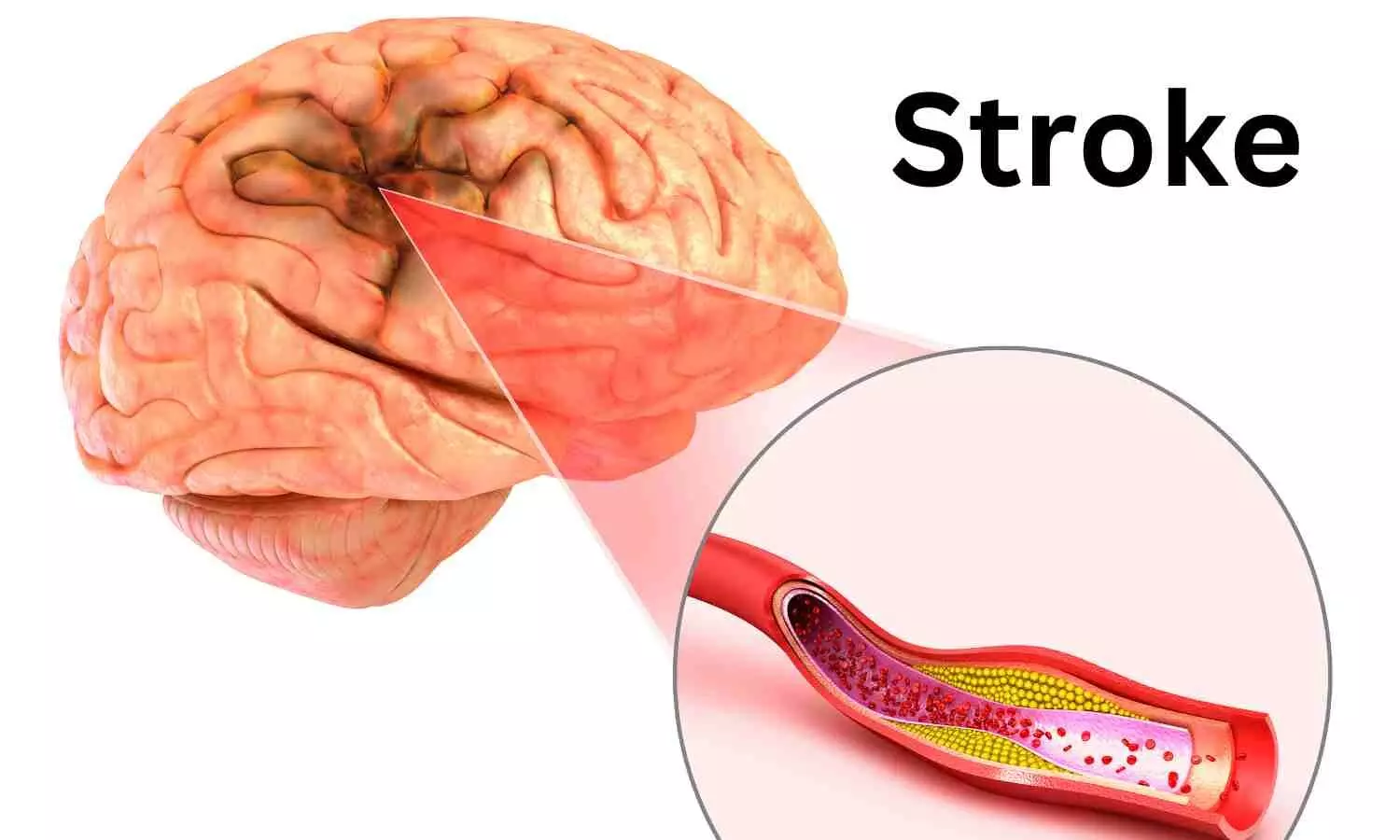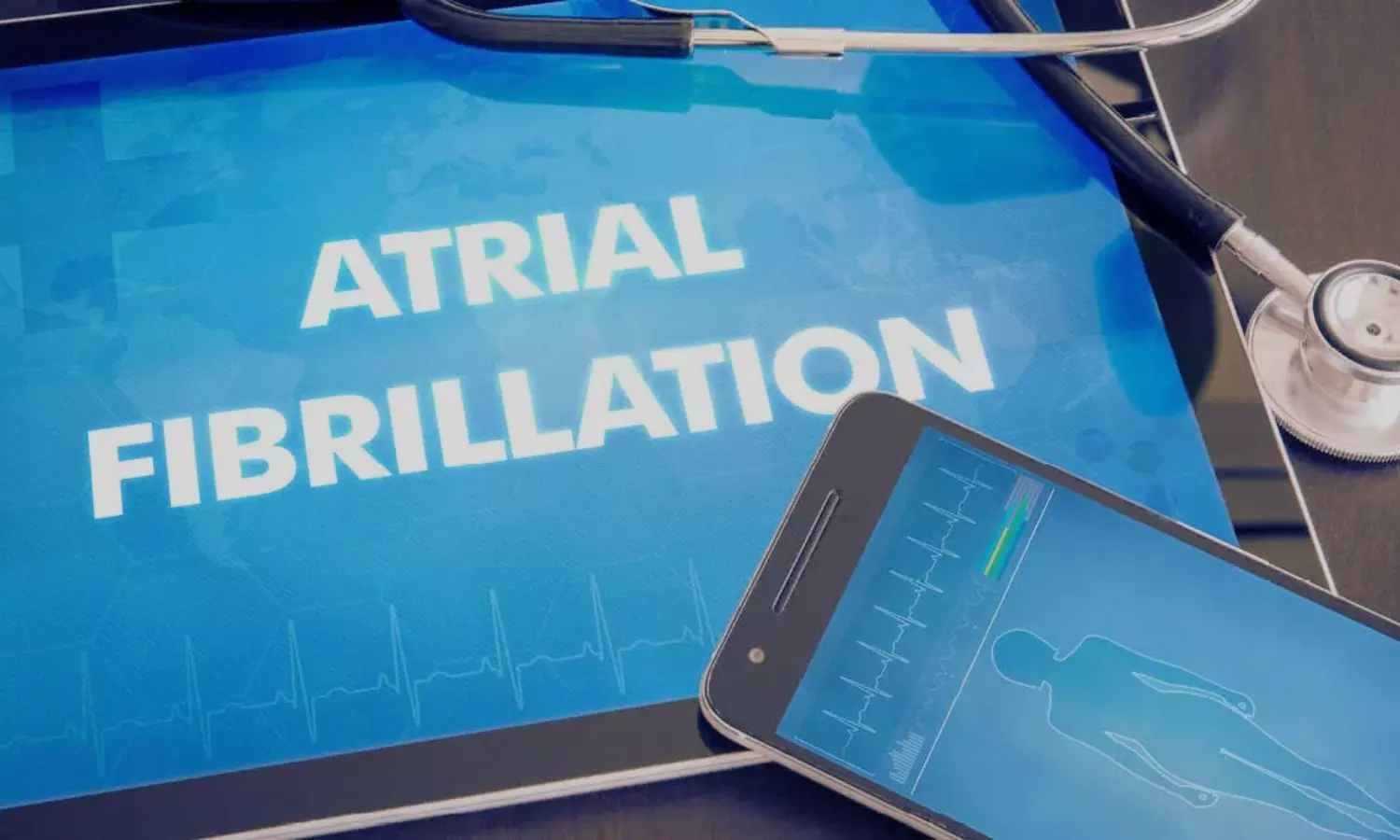- Home
- Medical news & Guidelines
- Anesthesiology
- Cardiology and CTVS
- Critical Care
- Dentistry
- Dermatology
- Diabetes and Endocrinology
- ENT
- Gastroenterology
- Medicine
- Nephrology
- Neurology
- Obstretics-Gynaecology
- Oncology
- Ophthalmology
- Orthopaedics
- Pediatrics-Neonatology
- Psychiatry
- Pulmonology
- Radiology
- Surgery
- Urology
- Laboratory Medicine
- Diet
- Nursing
- Paramedical
- Physiotherapy
- Health news
- Fact Check
- Bone Health Fact Check
- Brain Health Fact Check
- Cancer Related Fact Check
- Child Care Fact Check
- Dental and oral health fact check
- Diabetes and metabolic health fact check
- Diet and Nutrition Fact Check
- Eye and ENT Care Fact Check
- Fitness fact check
- Gut health fact check
- Heart health fact check
- Kidney health fact check
- Medical education fact check
- Men's health fact check
- Respiratory fact check
- Skin and hair care fact check
- Vaccine and Immunization fact check
- Women's health fact check
- AYUSH
- State News
- Andaman and Nicobar Islands
- Andhra Pradesh
- Arunachal Pradesh
- Assam
- Bihar
- Chandigarh
- Chattisgarh
- Dadra and Nagar Haveli
- Daman and Diu
- Delhi
- Goa
- Gujarat
- Haryana
- Himachal Pradesh
- Jammu & Kashmir
- Jharkhand
- Karnataka
- Kerala
- Ladakh
- Lakshadweep
- Madhya Pradesh
- Maharashtra
- Manipur
- Meghalaya
- Mizoram
- Nagaland
- Odisha
- Puducherry
- Punjab
- Rajasthan
- Sikkim
- Tamil Nadu
- Telangana
- Tripura
- Uttar Pradesh
- Uttrakhand
- West Bengal
- Medical Education
- Industry
New Study Reveals Uric Acid's Role in Stroke Recovery: Implications for Treatment

In a recent study published in the Journal of the American Heart Association, researchers shed light on the complex relationship between uric acid (UA) levels and recovery outcomes in acute ischemic stroke (AIS) patients treated with intravenous thrombolysis (IVT). The study findings reveal that the uric acid levels and functional outcomes do not maintain a linear relationship but instead maintain an inverted u-shaped relation.
AIS is a notable global health issue due to increased incidence and mortality rates leading to profound disability and healthcare burden. Ultra‐early intravenous thrombolysis (IVT) has shown profound effectiveness in treating ischemic cerebrovascular disease. Uric acid levels have shown considerable correlation for post-stroke prognosis. Hence, researchers from Jilin University China conducted a study to investigate the relationship between uric acid (UA) levels and functional outcomes at 3 months in patients with acute ischemic stroke (AIS) who underwent intravenous thrombolysis (IVT).
The prospective cohort study enrolled 1001 consecutive AIS patients who underwent IVT and examined the correlation between UA levels and post‐IVT AIS outcomes. restricted cubic spline function was employed to assess the nonlinear relationship.
Findings:
- Contrary to previous assumptions, the researchers discovered a nonlinear association between UA levels and post-IVT AIS outcomes.
- Using a restricted cubic spline function, they found that the relationship was best described as an inverted U-shaped curve.
- At first glance, higher UA levels appeared to be associated with more favorable outcomes, as evidenced by lower modified Rankin Scale (mRS) scores (≤2) at the 3-month mark.
- However, further analysis revealed that the impact of UA levels on recovery varied depending on the presence of hyperuricemia.
- Among patients with hyperuricemia, higher UA levels were paradoxically linked to poorer outcomes. Specifically, for every 50 μmol/L increase in UA levels, the odds of achieving a favorable outcome decreased by 25%.
- Conversely, in patients without hyperuricemia, higher UA levels were associated with improved recovery outcomes.
- Here, a similar increase in UA levels corresponded to a 31% higher likelihood of achieving a favorable outcome.
The study concluded that Higher uric acid levels predict favorable outcomes (mRS ≤2) at 3 months in patients without hyperuricemia but unfavorable outcomes in those with hyperuricemia. The study findings have significant implications for stroke care. These help clinicians to tailor treatment strategies based on patients' UA status, ensuring personalized care that maximizes the chances of favorable outcomes. In conclusion, this groundbreaking study adds a new dimension to our understanding of stroke recovery. By unraveling the complex interplay between UA levels and treatment outcomes, researchers have paved the way for more targeted and effective approaches to stroke care.
Further reading: Baseline Uric Acid Levels and Intravenous Thrombolysis Outcomes in Patients With Acute Ischemic Stroke: A Prospective Cohort Study. Doi: https://doi.org/10.1161/JAHA.123.033407
BDS, MDS
Dr.Niharika Harsha B (BDS,MDS) completed her BDS from Govt Dental College, Hyderabad and MDS from Dr.NTR University of health sciences(Now Kaloji Rao University). She has 4 years of private dental practice and worked for 2 years as Consultant Oral Radiologist at a Dental Imaging Centre in Hyderabad. She worked as Research Assistant and scientific writer in the development of Oral Anti cancer screening device with her seniors. She has a deep intriguing wish in writing highly engaging, captivating and informative medical content for a wider audience. She can be contacted at editorial@medicaldialogues.in.
Dr Kamal Kant Kohli-MBBS, DTCD- a chest specialist with more than 30 years of practice and a flair for writing clinical articles, Dr Kamal Kant Kohli joined Medical Dialogues as a Chief Editor of Medical News. Besides writing articles, as an editor, he proofreads and verifies all the medical content published on Medical Dialogues including those coming from journals, studies,medical conferences,guidelines etc. Email: drkohli@medicaldialogues.in. Contact no. 011-43720751




